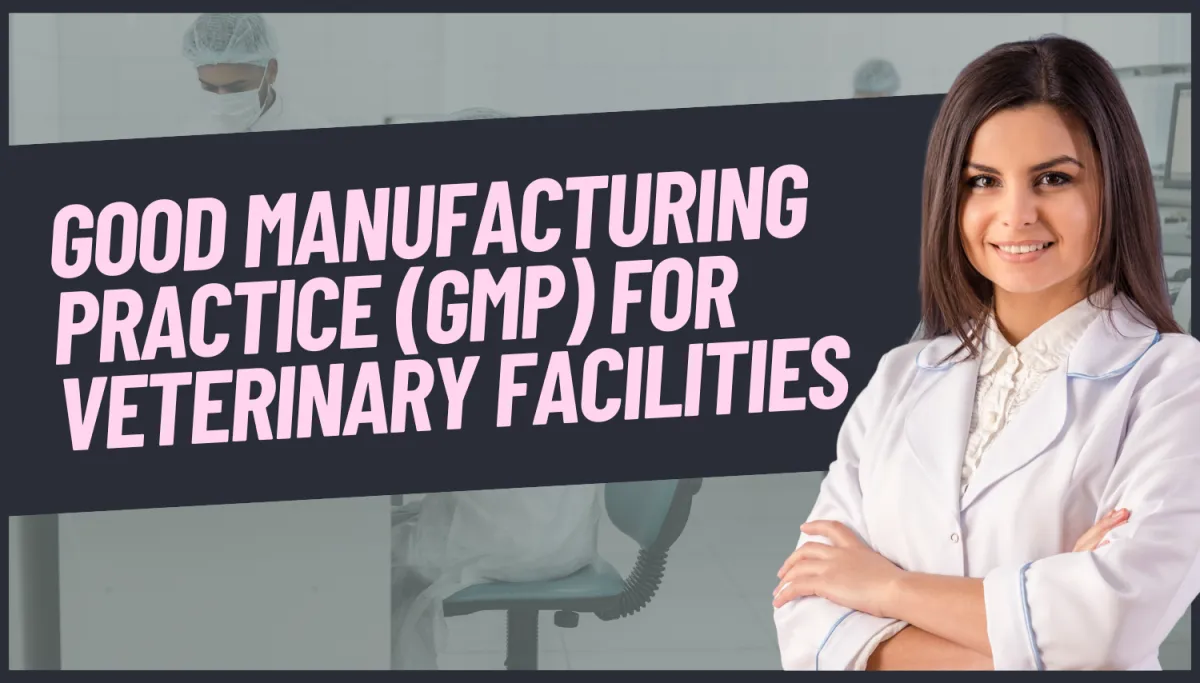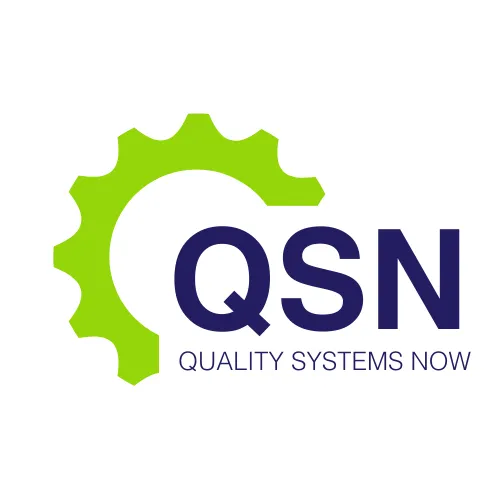LATEST NEWS

Good Manufacturing Practice (GMP) for Veterinary Facilities
While Good Manufacturing Practice (GMP) is most commonly associated with human pharmaceutical products, its application in veterinary facilities is equally vital. Veterinary medicinal products, including drugs, vaccines, and diagnostic agents, must meet rigorous safety, quality, and efficacy standards. The consequences of non-compliance can have significant implications not only for animal health and welfare but also for public health, particularly in the context of zoonotic disease transmission and food safety. This paper provides a scientific overview of GMP in veterinary facilities, outlining regulatory requirements, core principles, and implementation strategies to ensure compliance and maintain product integrity.
Regulatory Framework for Veterinary GMP
Veterinary GMP is governed by both national and international regulatory bodies. In Australia, the Australian Pesticides and Veterinary Medicines Authority (APVMA) oversees the regulation of veterinary chemical products. Facilities that manufacture veterinary medicines must be licensed and must comply with the APVMA’s Manufacturing Principles, which are closely aligned with international standards such as those established by the World Health Organization (WHO) and the European Medicines Agency (EMA).
Globally, the Veterinary International Cooperation on Harmonisation (VICH) plays a central role in aligning GMP guidelines across jurisdictions, thereby facilitating international trade and mutual recognition of manufacturing standards. The VICH guideline VICH GL43 provides a comprehensive GMP framework for veterinary medicinal products, incorporating elements such as quality assurance (QA), documentation, validation, and self-inspection.
Key Principles of GMP in Veterinary Manufacturing
The core principles of GMP in veterinary facilities mirror those in human medicine but are tailored to the unique aspects of veterinary practice and animal health. These principles include:
Quality Management System (QMS)
A robust QMS is the foundation of GMP compliance. It encompasses all aspects of production, quality control (QC), and documentation. The system must define responsibilities, establish standard operating procedures (SOPs), and implement continual improvement mechanisms. Veterinary facilities must demonstrate that their QMS is risk-based and proportionate to the nature of the product and the intended species.
Personnel and Training
Personnel involved in manufacturing must possess the requisite qualifications and training to perform their duties effectively. Training must be documented and updated regularly, with particular emphasis on hygiene, contamination control, and the handling of active pharmaceutical ingredients (APIs). The role of the Qualified Person (QP) or Responsible Person (RP), who oversees the release of products, is critical in ensuring compliance with product specifications and batch records.
Premises and Equipment
The design of manufacturing premises must prevent cross-contamination and facilitate proper cleaning and maintenance. Dedicated areas are required for certain high-risk products, such as hormones, beta-lactam antibiotics, and live vaccines. Environmental monitoring programs must be in place to verify that cleanroom conditions meet the necessary classifications. Equipment must be qualified and maintained under documented protocols to ensure consistency and reliability in manufacturing.
Documentation and Record-Keeping
GMP requires comprehensive documentation to ensure traceability, accountability, and reproducibility. Documents include batch manufacturing records (BMRs), validation protocols, QC test results, and deviation reports. The principle of “if it is not documented, it did not happen” underscores the importance of real-time, accurate, and secure record-keeping in veterinary GMP.
Production and Process Control
Production processes must be validated and controlled to ensure batch-to-batch consistency. In veterinary medicine, this involves a thorough understanding of process parameters, raw material quality, and in-process controls. Critical process parameters (CPPs) must be identified and monitored to prevent deviation. Risk-based approaches, such as Quality by Design (QbD), are increasingly employed to optimize manufacturing efficiency and product quality.
Quality Control and Laboratory Practices
QC laboratories play a central role in verifying the quality of raw materials, intermediates, and finished products. All analytical methods must be validated for their intended use, and test results must meet pre-established specifications. Laboratory data integrity is paramount, requiring robust systems to manage and review chromatograms, calculations, and electronic records.
Validation and Qualification
Validation is a documented program that provides a high degree of assurance that processes, systems, and equipment produce results meeting pre-defined acceptance criteria. In veterinary GMP, this includes cleaning validation, process validation, analytical method validation, and equipment qualification (Installation Qualification, Operational Qualification, and Performance Qualification). Periodic review and revalidation are required to address any changes in materials, methods, or production volumes.
Special Considerations in Veterinary GMP
Veterinary manufacturing introduces specific complexities not always present in human pharmaceuticals. These include:
Multiple Species and Dosage Forms
Veterinary products are developed for a wide range of species—from companion animals to livestock—which necessitates diverse dosage forms (e.g., feed additives, injectables, drenches). Each product form presents unique manufacturing challenges, particularly in terms of homogeneity, stability, and bioavailability. GMP must accommodate these variations through flexible yet robust systems.
Zoonotic Risk and Public Health Implications
The potential for veterinary products to affect human health, particularly through antimicrobial residues in food-producing animals, mandates rigorous control of withdrawal periods and adherence to Maximum Residue Limits (MRLs). GMP ensures that manufacturing processes do not introduce unapproved substances or contamination, which could jeopardize food safety.
Cold Chain and Biological Products
Veterinary vaccines and biologics often require cold chain storage and strict environmental controls. GMP-compliant facilities must be equipped with temperature-controlled storage, monitoring systems, and distribution protocols to maintain product integrity throughout the supply chain.
Self-Inspection and Continuous Improvement
GMP compliance is not static; it requires ongoing evaluation and refinement. Self-inspections and internal audits are essential tools for identifying gaps and implementing corrective and preventive actions (CAPAs). Management review of audit findings, deviation trends, and customer complaints provides a feedback loop for continuous quality improvement.
Challenges and Opportunities
Implementing GMP in veterinary facilities, especially for small-to-medium enterprises (SMEs), presents challenges such as limited resources, evolving regulatory expectations, and supply chain vulnerabilities. However, adherence to GMP offers significant opportunities. It enhances product credibility, facilitates market access, and ensures animal and public health protection. The integration of digital technologies, such as electronic batch records and automated environmental monitoring, further strengthens GMP capabilities and compliance assurance.
At Quality Systems Now we help Veterinary organisations reach their GMP goals
Good Manufacturing Practice is a cornerstone of quality assurance in veterinary facilities, ensuring that products are safe, effective, and of consistent quality. Compliance with GMP requirements supports animal welfare, protects human health, and builds consumer confidence in veterinary medicinal products. As the regulatory landscape evolves and the demand for high-quality veterinary medicines increases, the role of GMP will become even more central. Facilities that invest in GMP not only meet their legal obligations but also position themselves for sustained success in the veterinary pharmaceutical industry.
